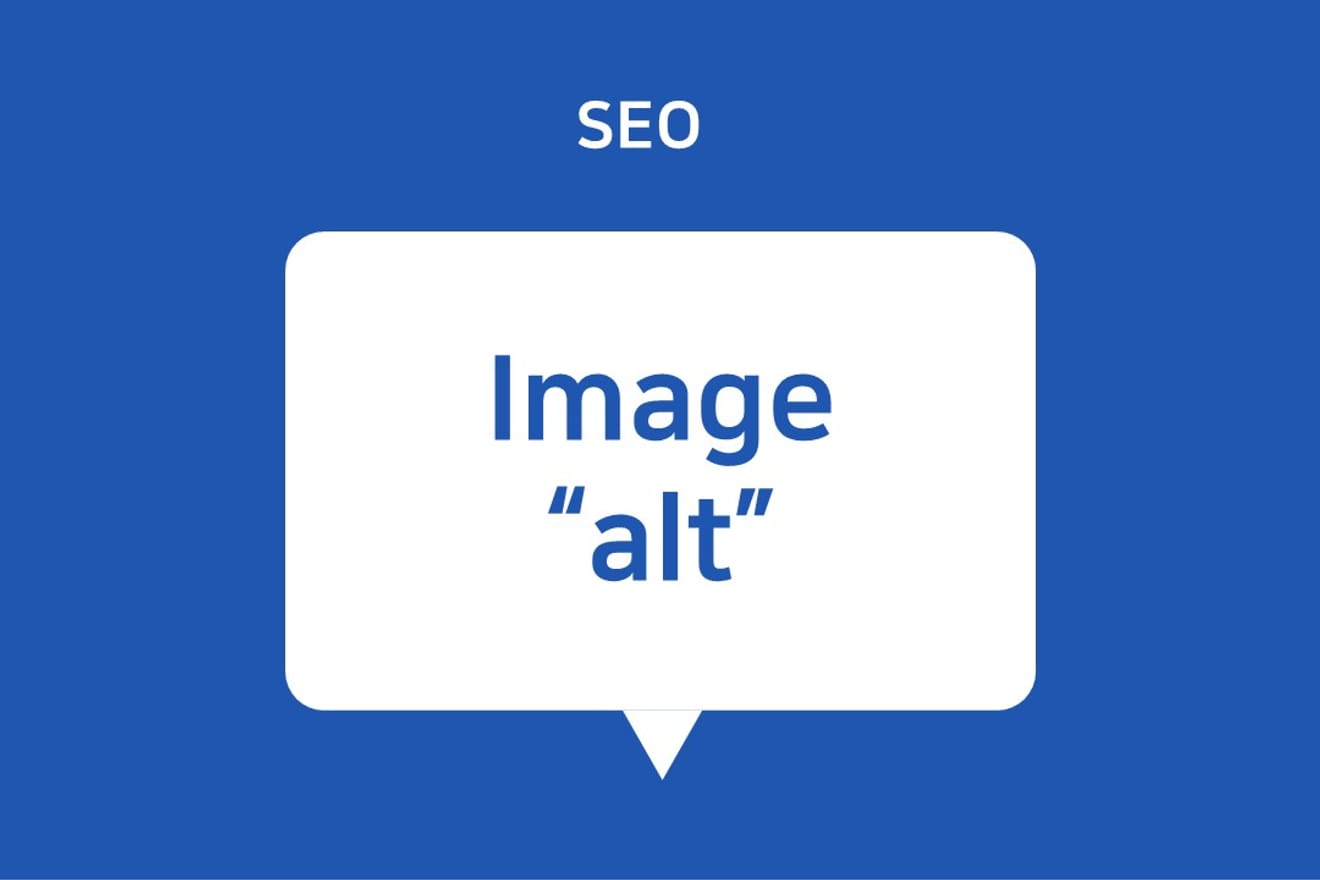Subject
- #Keywords
- #Search Visibility
- #Image Alt Text
- #Web Accessibility
- #Blog SEO
Created: 2024-09-23
Created: 2024-09-23 14:56
In SEO, the alt attribute of an image refers to the text that is displayed instead of the image when it fails to load. It's a crucial element that explains the content of the image to search engines. The alt attribute plays a vital role in both web accessibility and SEO.

What is alt text in image attachments for SEO?
Search Engine Optimization (SEO): Search engines cannot understand image files themselves. Therefore, they rely on the content of the alt attribute to determine the topic of the image. This helps the image appear in search results and improves the overall SEO performance of your blog.
Accessibility: Users with visual impairments use screen readers to listen to web content. In this case, the alt attribute provides a description of the image, helping them understand the content.
Protection against loading errors: If an image fails to load, the alt attribute serves as alternative text, allowing visitors to get an idea of the image's content.
Write clearly and concisely: Briefly and clearly explain what the image shows. For example, a phrase like 'mountain under a blue sky' is appropriate. Words like 'image' or 'picture' are unnecessary.
Example:
❌ alt="image"
✔ alt="Snowy mountain under a blue sky"
Naturally incorporate keywords: Include relevant keywords naturally. However, excessive keyword stuffing can be flagged as spam by search engines.
Example:
❌ alt="blog SEO image optimization keyword blog image optimization"
✔ alt="Blog Image Optimization Guide for SEO"
Use descriptions related to the image: If the image relates to the text content, include a description that reflects it. It's important to help readers understand the context of the text by looking at the image.
Example:
❌ alt="SEO"
✔ alt="How to increase website traffic through SEO"
Use empty values for decorative images: For decorative images used for page layout, leave the alt attribute empty (alt=""). This allows screen readers to skip unnecessary information, providing a better user experience.
Example:
Q. Should I add alt attributes to all images?
A. Yes, it's recommended to add alt attributes to all images. Especially for images that convey important information or complement the text, it's crucial to include descriptions.
Q. Should I avoid making the alt attribute too long?
A. Yes, if it's too long, screen reader users might find it difficult to understand. It's generally advisable to keep it within 125 characters.
Q. Can I use the same alt attribute for multiple instances of the same image?
A. Yes, using the same alt attribute for identical images is not a problem. However, if the context requires a different description, it's best to modify it accordingly.
By utilizing the alt attribute correctly, your blog can achieve better search visibility and ensure that all users can easily access your content.
Comments0